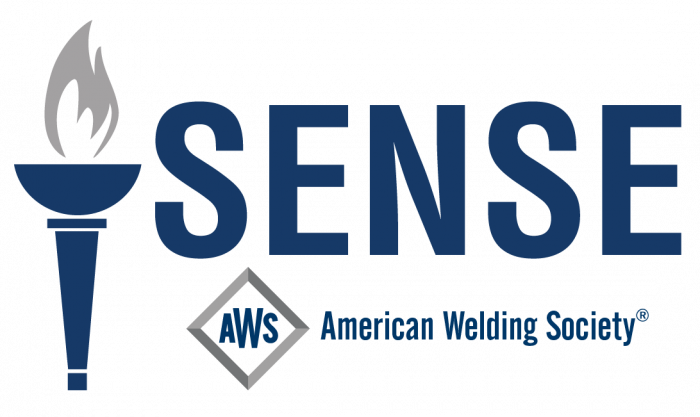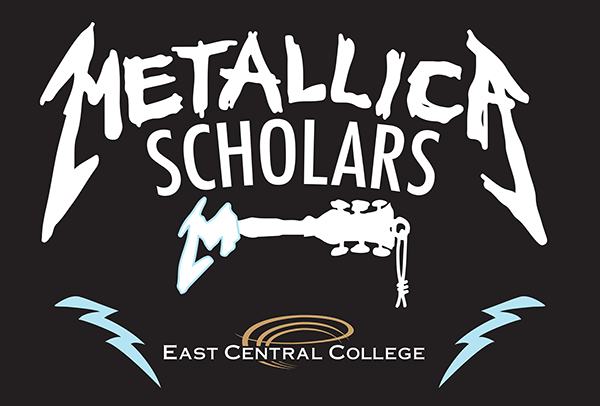Welding
- Fast Track Welding Program
- Career Opportunities
- Degrees & Certificates
- Contact
- Courses
Fast Track Welding Program

The new Fast Track welding program is designed for students to complete a Certificate of Specialization in just 16 weeks! Those completing the Certificate will earn 22 college credit hours that can be used toward a Certificate of Achievement and/or an Associate of Applied Science.
The College partners with companies across the area that hire our graduates for high-paying jobs.
There are several options to help you pay for the program:
- Federal Pell Grants
- A+ Scholarship Program
- ECC Scholarships
- WIOA, Veteran’s and Vocational Rehabilitation Funding
What Classes Will I Take? What Will I Learn?
- Introduction to Welding I Lecture and Lab: An introduction to oxygen-acetylene brazing, cutting, and electric arc welding. The study of safety in oxy-acetylene and electric arc welding is also included.
- Welding II Lecture & Lab (All Position SMAW): A continuation of Welding I, stressing all- position shielded metal arc welding (SMAW). The study of weldability of metals, joint design, filler metal selection, plasma arc cutting, and carbon arc gouging is also included.
- Welding III Lecture & Lab (Advanced SMAW): The course stresses the skills in SMAW of groove welds in the 1G, 2G, 3G, 4G, and 4G positions. The study of welding codes and standards and testing and inspecting of welds will also be covered.
- Welding IV Lecture & Lab (GMAW): The course stresses the development of skills in GMAW of fillet and groove welds in the flat, horizontal, vertical, and overhead positions. GMAW and FCAW equipment, setup and operation and shielding gases are among the topics to be discussed.
- BUS 290, Capstone Management: The course teaches resume writing and interview skills to prepare graduates to enter the workforce.
The Fast Track Welding program is taught in the state-of-the-art welding lab in our Business and Industry Center on the Union campus. The classes meet 4 days or evenings every week for 16 weeks.
Career Opportunities
The welding profession is experiencing about average growth, according to the U.S. Bureau of Labor Statistics. By 2022, the number of positions is expected to increase by six percent. Median annual earnings for welders were $36,300 in May 2012. Their salaries ranged $24,000 to $56,000.
These industries employed the highest number of welders:
- Manufacturing
- Construction
- Wholesale Trade
- Repair and Maintenance
Degrees & Certificates
Welding, AAS
Program Description
Welding is the most common way of permanently joining metal parts. In this process, heat is applied to metal pieces, melting, and fusing them to form a permanent bond. Because of its strength, welding is used in shipbuilding, automobile manufacturing and repair, aerospace applications, and thousands of other manufacturing activities. Welding also is used to join beams when constructing buildings, bridges, and other structures and to join pipes in pipelines, power plants, wind turbines, and solar arrays.
Modular Format
The Welding program is a two-year program that trains students in various types of welding processes in all positions, including plate and pipe. Blueprint reading, layout, and fit-up are integral parts of the curriculum. The program provides a mix of classroom instruction along with hands-on lab work. Students are taught professional development, work attitude, and leadership skills as a part of the program and their membership in Skills USA, the national career and technical student organization.
Professional Traits
Graduates have attained good visual inspection of welds, hand-eye coordination, and manual dexterity. Able to concentrate on detailed work for long periods of time with the abilities of frequent bending, stooping, and work in awkward positions.
Program Learning Outcomes
- Problem Solving: Student will be able to demonstrate high-quality fitting skills that are critical to industry fabrication.
- Technical/Equipment: Perform multiple advanced welding processes and fitting techniques required of those entering the welding industry.
- Communication/Safety: Demonstrate open communication skills, critical thinking, and team approach mentality.
Welding, Certificate of Achievement (CA)
The Certificate of Achievement provides a competency-based, individualized method of instruction. This program provides training at various levels of competency in the four most common methods of metal joining and cutting: shielded metal arc (SMAW), gas tungsten arc (GTAW), oxy-fuel (OFW, OFC), and gas metal arc (GMAW), thermal cutting (PAC). Both manual and semi-automatic welding are included in various courses. The AWS Sense 1 certificate is proctored in the capstone course.
Program Learning Outcomes
- Communication/Safety: Demonstrate development of open communication skills, critical thinking, and team approach mentality. Program graduates will demonstrate safety protocols in the field of Industrial Welding by consistently applying and adhering to current industry safety standards.
- Problem Solving: Student will be able to demonstrate developing quality fitting skills that are critical to industry fabrication.
- Technical/Equipment: Perform multiple basic welding processes and techniques required of those entering the welding industry.
Welding, Certificate of Specialization, (SP)
Theory and practice in the preparation and welding of steel joints in various positions. Safety, electrode selection, inspection, and testing using shielded metal, gas tungsten, flux core, and gas metal arc welding. Skills are developed in producing different welding positions to include flat, vertical, horizontal, and overhead fillet and groove welds. American Welding Society (AWS) testing is emphasized. The AWS Sense 1 certificate requires 17 credits in the courses listed below.
Program Learning Outcomes
- Communication/Safety: Demonstrate open communication skills, critical thinking, and team approach mentality. Program graduates will demonstrate safety protocols in the field of Industrial Welding by consistently applying and adhering to current industry safety standards.
- Problem Solving: Students are introduced to problem-solving skills and will be able to demonstrate foundational decision-making.
- Technical/Equipment: Perform multiple basic welding processes and techniques required of those entering the welding industry.
Degrees & Certificates Available:
High school students currently attending the welding courses at the 4 Rivers Career Center can choose to articulate completed Welding coursework to the AAS degree program and continue with the general education block of coursework at ECC.
Program Contact
Bobby Bland, Program Coordinator
636-649-5810
ECC Registration:
636-584-6563
admissions@eastcentral.edu
Welding Courses
| Courses | Hours |
|---|


